It’s all Cupid’s fault. Two exceptional musicians, an Italian and an Argentinian, fell in love, went forth, multiplied their artistic œuvre, and wrote musical history
Once upon a time…that’s how fairytales begin. This is the story of a real life fairytale that spans decades, continents, and musical genres. The protagonists: Milan-born Sabina Colonna-Preti who is an accomplished classical string instrumentalist, and Buenos Aires native Eduardo Egüez, master of plucked instruments. Both are trained in ancient music but passionate about music “of the roots”, Latin American folklore. And when the two of them met about 20 years ago, they not only joined their lives and families, but also their music. The “child” born from this love union is called Ensemble La Chimera-Eduardo Egüez, a group whose distinctive musical fusion style has since found tens of thousands of fans around the world.
We met with Margherita Pupulin, Sabina’s daughter who lives in Nice and is a violinist in the ensemble, to find out more about this very unique family (and family of friends).
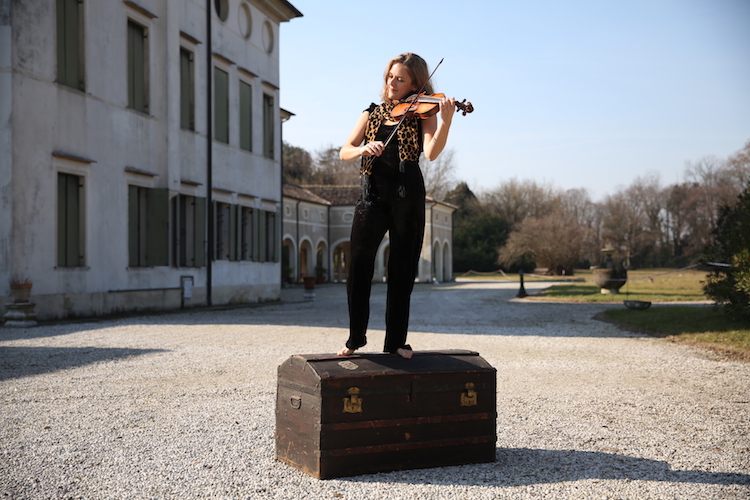
Photo © Matteo Malagugini
How is La Chimera’s style best described?
We are a big, happy, blended, multicultural, multilingual family, and that’s exactly what our music is like! When my mother and (step)father met, the idea of a first fusion project came almost immediately: Buenos Aires Madrigal, Italian madrigals and Argentinian tangos! Since then many other projects have followed, always intimately fusing between apparently opposite elements. This is why our name “La Chimera” is so fitting: an animal that is a combination of animals, a mysterious and fascinating mix!
As a family we settled in Paris, and France adopted us almost immediately, giving us the opportunity to make our debut in major venues (Théâtre de la Ville in Paris, Thêatre des Bouffes du Nord, Arsenal de Metz, Salle Gaveau, Salle Cortot…) and to record nine CDs over time, first for the label Naïve, then for La Música.
We are all classically trained but at the same time very open to different influences, from Renaissance to jazz and modern music, and it all flows in our work. Almost 20 years have passed since our first project, and we have since brought our message of union to the world through concerts in Europe’s most prestigious halls.
Tell us about your flagship programs
Our programs are quite versatile (and many!) but there is almost always an element of “Indigenous music meets Baroque” to it, which can also be seen in the composition of our ensemble, uniting string and pluck instruments, flutes, and vocals. Some of our most successful and popular ones are:
Odisea Negra, El mar de las Memorias, the musical story of the 17th century slave trade, accompanied by Senegalese musician Ablaye Cissoko, playing his traditional kora and singing in Wolof language. Here, we travel through an imaginary Black Central America from its origins to the present day, passing through the many musical styles that characterize that imagination, from the polyphonic negrillas of the 16th century to Cuban habanera, son and bolero, from the baroque jácara to Venezuelan merengue and joropo.
Misa de Indios is based on Argentinian composer Ariel Ramirez’ famous masterwork Misa Criolla, which we blend with the colonial baroque repertoire of South America and modern pieces written by Eduardo Egüez. The remarkable voices of Barbara Kusa and Luis Rigou (who also plays the flute and panpipes here) and the choir give this world-famous work a very special flair. We performed the Misa all over Europe (and several times in the South of France), and people just love it wherever we go.
Gracias a La Vida is our way to thank life for having given us so much. Named after the famous song by Chilean composer Violeta Parra, we pay tribute to the peoples of Latin America, including Bolivia, Peru, Chile and Argentina, in a journey spanning baroque pieces dating back to the colonial era, songs in the native Guarani language, and today’s famous folk songs.
And our brandnew project Fuga y Misterio, which will officially launch in October 2020, is a musical dialogue between Bach’s classical work Piazzolla’s legendary Argentinian tango… a face-off of percussion and a baroque orchestra in the most harmonious of ways.
What has been your most important project so far?
Among all our projects, the one that has had the greatest impact so far has been Misa de Indios, our adaptation of Ariel Ramirez’ Misa Criolla. It makes the audience tremble with emotion, as the songs from the mythical years they were released, the 1960s, are still remembered well. The blend of awe-inspiring pre-Columbian music, mystical Baroque Jesuit music, and vigorous contemporary folklore, accompanied by singers and a choir that makes the human voice soar to the sky, never fails to put the audience under its spell.
Thanks to Misa de Indios, our audience has grown enormously: France, Belgium, Spain, Italy, Finland, Switzerland, Holland, Austria… we have touched many hearts across many countries. This project paved the way for a “South American trilogy” which also includes Gracias a la Vida (2018) and Paraná (2021.)
Who are the members of Ensemble La Chimera-Eduardo Egüez?
The original ensemble consisted of just Sabina and Eduardo along with some friends. Then, once we – the three daughters – were old enough and had sound technical skills, we joined one by one: me at the violin, my sister Carlotta at the harp and little Carolina at the viola da gamba. The five family members are thus united in life and on stage: a great gift of life!
The ensemble is flexible in structure and changes in composition as needed. In addition to the family, it is made up of a “hard core” which features in almost all projects: Lixsania Fernandez (viola da gamba), Maria Alejandra Saturno (cello and viola da gamba), Leonardo Teruggi (composition and double bass), and Juan José Francione (guitar, archlute, charango… and a thousand other weird pluck instruments).
But many other friends have accompanied us over the years and join us in the various different projects! In particular, for the “South American trilogy” (which includes Misa de Indios, Gracias a la Vida, and Paraná which will be released in 2021) we are accompanied by Barbara Kusa, a wonderful soprano with the voice of an angel, and Luis Rigou, eclectic singer and multi-instrumentalist. Both are from Argentina as well.

Luis Rigou and Eduardo Egüez have been great friends since they were 20 years old, and together they founded the group Maíz, which performed all over Europe in the 80s and 90s. They spread their “invention”, folklore imaginario – popular music brought back to life through contemporary compositional languages. Maybe it was with Maíz that this fantastic journey began, leading us to today’s Chimera! Friendship, music, roots.
Your sister Carolina “translates” music into sign language, tell us more about that
Carolina, my younger sister, is a very important new member of our ensemble; in fact, in addition to her viola da gamba, she brings with her a very powerful and innovative instrument, which travels straight to people’s hearts without the need for words… an instrument able to transform music, sounds, into movement, so that even those who can’t hear can enjoy them:
By combining her musical culture with her sign language skills, Carolina has created “hand choreographies” with which to communicate music to those who cannot hear. A new art form she calls “artistic semiography”, which has endowed our ensemble with a unique capacity for inclusion, and a very strong visual impact.
Where does everyone live?
We are scattered all over Europe: Eduardo and Sabina are based in Italy near Turin, one of my sisters lives in The Hague and the other in Basel, the other core members are in Madrid, Paris, and Barcelona, and I am in Nice! We meet typically for our concerts around the world.
Describe a typical day or week on tour
One of the most characteristic things of our ensemble is the van we use to travel: since we have a great deal of musical instruments (and not the smallest ones: harp and double bass, for example!), it would be unthinkable to travel by plane or train. Therefore, we travel in our trusted van. The longest trip so far was from Mafra (Portugal) to Paris in one night! Despite the discomfort, we love the van very much: it is where we prepare future projects, we chat about the world and art, we tell each other secrets, we have great laughs and drink litres of mate, the typical Argentinian tea.
https://www.facebook.com/ensemblelachimera/videos/2267336233596520/
When we get to the concert venue, we alternate rehearsals with moments of joyful sharing; we are always together: at breakfast, at the restaurant, and sometimes even… in the bedroom! Like for example that time in Finland when we were so happy with the concert that we had just performed that we didn’t want to leave each other to go to sleep, and we all came together in a hotel room chatting, listening to Brazilian music, and drinking an excellent whiskey we had brought from Paris!
Why do you love playing in churches?
In Renaissance and Baroque times churches were the places where the greatest musical performances took place (the Church, together with the nobility, was the main artistic patron of the time). In Latin American countries, moreover, churches were the main place of evangelization through art, places of creation and fusion between the music of the European and indigenous peoples. Playing in churches nowadays brings history back to us, and the walls resonate of all this time gone by, and of these stories.
How did you live through lockdown, and how did you still “meet” to make music?
The lockdown was in many ways sad and heavy for us. First of all because all of our concerts are cancelled for several months (which is of course a financial and artistic disaster), but above all because the physical distance that divides us from each other makes us suffer. On top of that, I had a baby in the middle of lockdown, and my parents Sabina and Eduardo who were quarantined in Italy were not able to meet and greet my newborn son Adriano until very recently! A real torture.
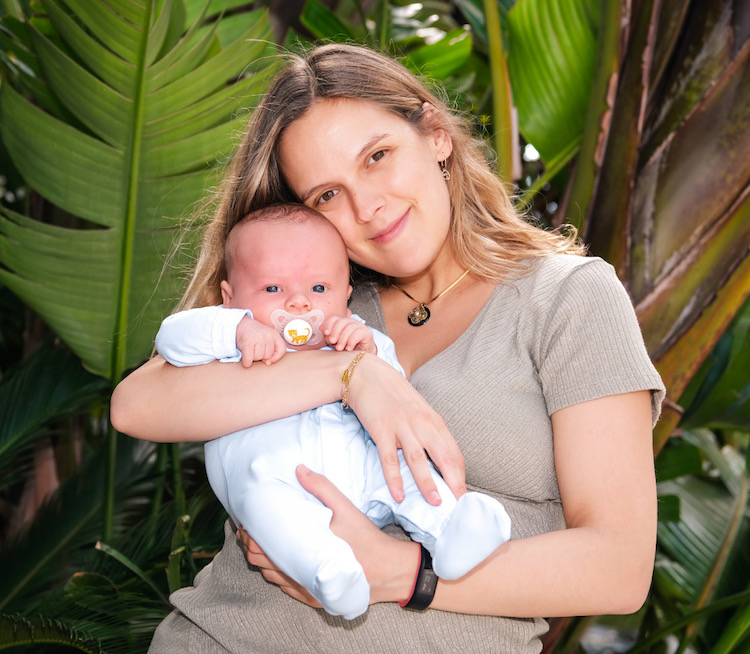
To cheer ourselves up and get closer to each other, we decided to make music together to bridge the distance: we shot a music video, even if it seems impossible!
Describe what goes into making your videos, like your viral “Solo le pido a Dios”?
We chose a song that we have only ever performed as an encore, each time with great emotion for ourselves and the audience: the song is Solo le pido a Dios by Argentinian rocker León Gieco. Written during the brutal years of the Argentinian military dictatorship (1976-1983), the song with its strong message of protest against the regime has miraculously escaped censorship under the pretext of being addressed to God.
https://www.facebook.com/ensemblelachimera/videos/2652129725072515/
The technical process to make the video was complex and entertaining at the same time: Eduardo recorded the guitar track, and sent it to all of us and to the members of the Regional Choir of Friuli Venezia Giulia, who accepted the challenge of participating in this crazy adventure.
Everyone then recorded a video of themselves singing or playing together with the track sent by Eduardo, and at the end Carlotta, the harpist, and Esa, a guitarist and singer, collected the clips and put them together, creating a video that allowed us to be “all together” even just for a little while. The video has had such great success on social networks that we are thinking of a series of music videos produced in confinement!
What is next for Ensemble La Chimera?
The Paraná project, which I mentioned above, is the missing piece of the South American trilogy we have been working on for 7 years.
The Paranà, an immense river flowing through Argentina, Brazil and Paraguay, with its old and new stories of love, silence, and joy, is at the core of this new program, which highlights the rich South American musical heritage, with scores that have been rediscovered and played for the first time by our ensemble with arrangements by Eduardo.
To finance the project we relied on our friends and our very passionate audience, who helped us complete our crowdfunding campaign. So, get ready for a fascinating journey made of polkas, sambas, bossa-nova, chamamé, guaraña and, last but not least, milongas and tangos!
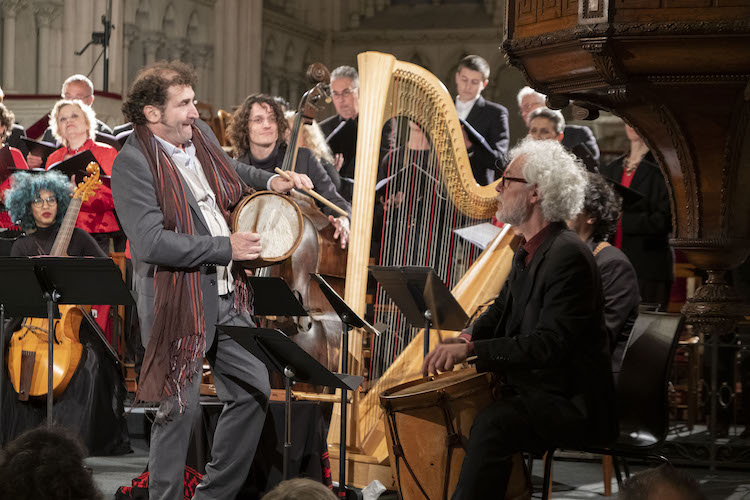
Photo © D.Drouet
When can we see La Chimera in the Nice/Cannes area again?
We love to perform on the French Riviera – so close to the Italian roots of some of us – and we have had many memorable concerts all over. If the current health crisis improves durably and we can sing and live again, our next concert in the area will be on October 16th at 8:30 pm at the Vence Cathedral, as guests of the association Musique à cœur.
Two years ago we presented our Misa de Indios at the same venue; this time it will be Gracias a La Vida, resonating within the walls of this beautiful cathedral, and we will be joined on “stage” by the students of the Conservatory of Music of Vence (directed by Mauricio Lozano) for a very special song. But I won’t tell you any more, not to spoil the surprise! You will need to come and listen for yourselves.
What else would you like to tell us?
There’s a little message I’d like to pass on to your readers. I want to tell them that, although in this period of isolation and post-isolation we luckily still have access to music through means such as YouTube or Spotify, we must not forget that music lives on PRESENCE: our presence on stage with our instruments and adrenaline, and your presence in the hall, with your expectations and emotions. I would like to tell your readers that all of us musicians place our hopes in you, and on the fact that you are waiting for us, that you can’t wait for us to return. Please don’t forget musicians, or artists in general, and support them as much as possible in these difficult months of silence of Art.
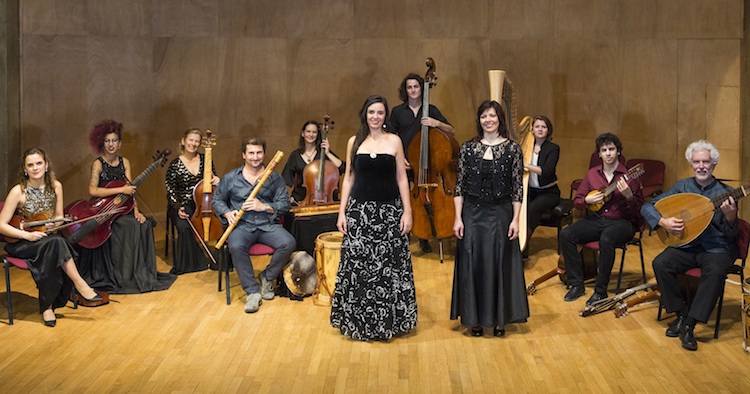
Photo © Philippe Matsas
After this dark moment, we will come back stronger than before, that’s a promise.
![]()
All photos courtesy Ensemble La Chimera-Eduardo Egüez, photo credits as indicated


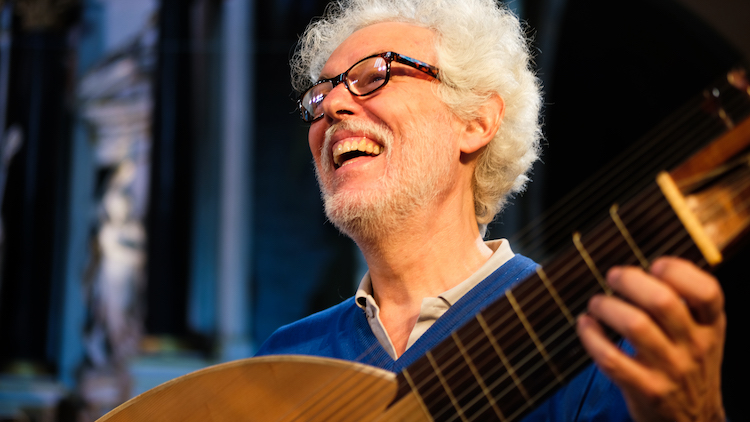

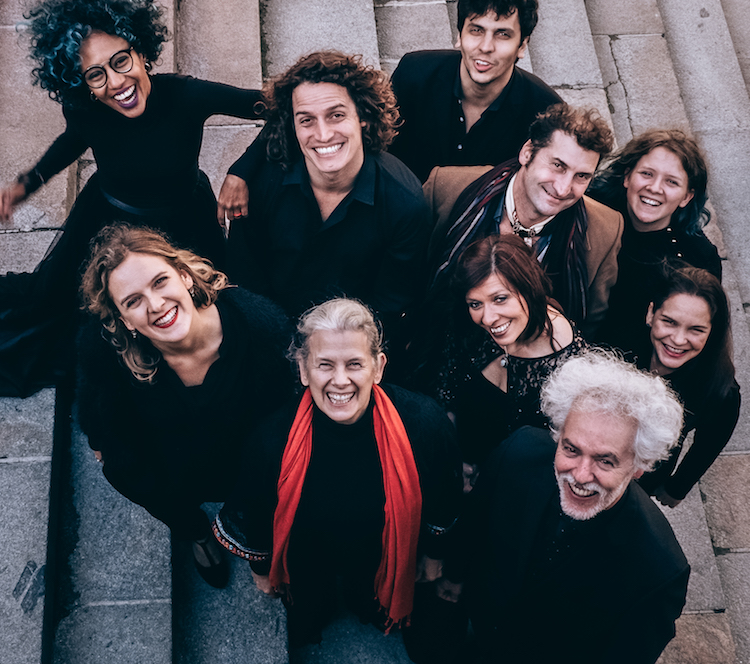
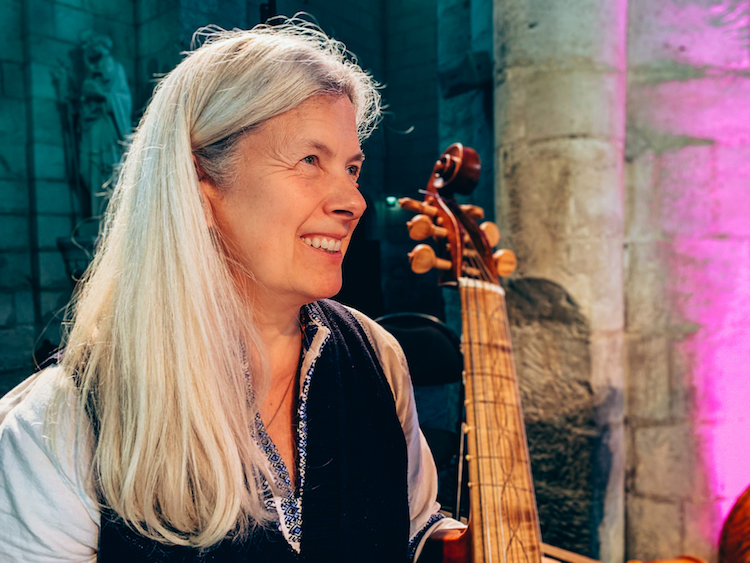
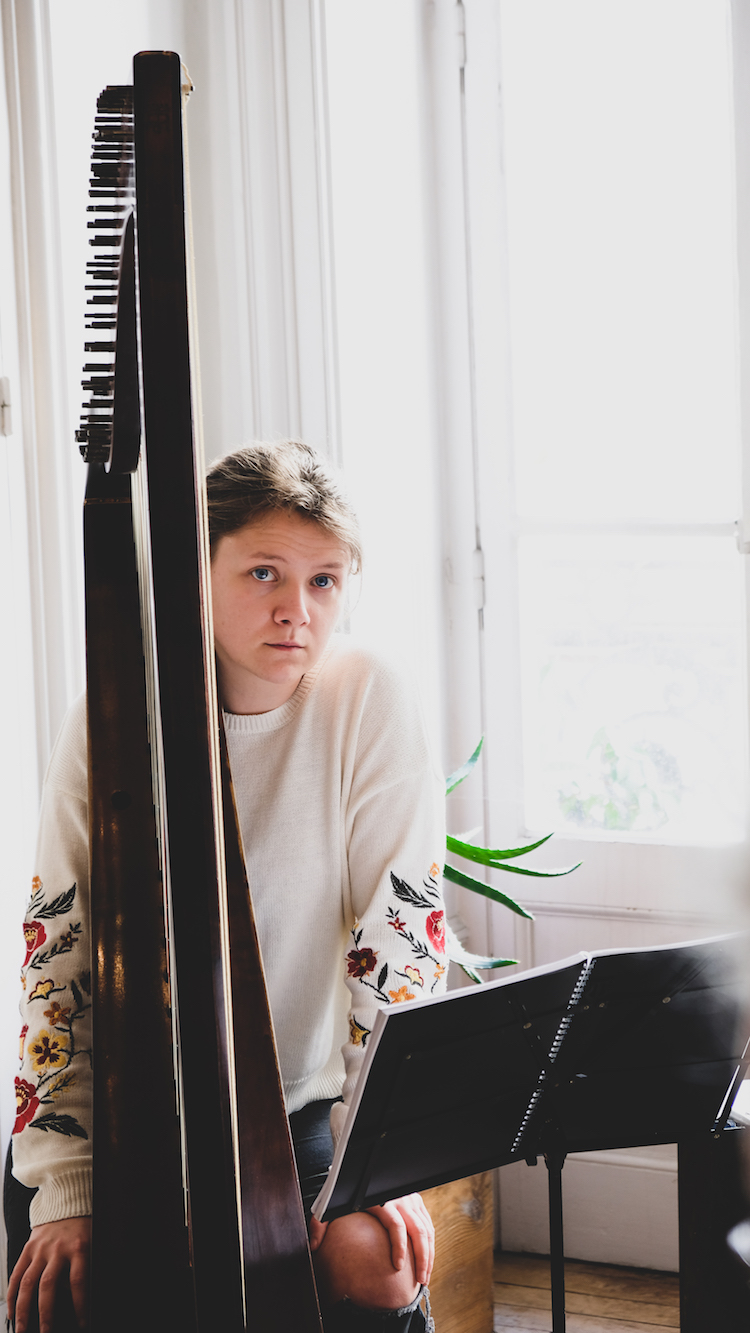
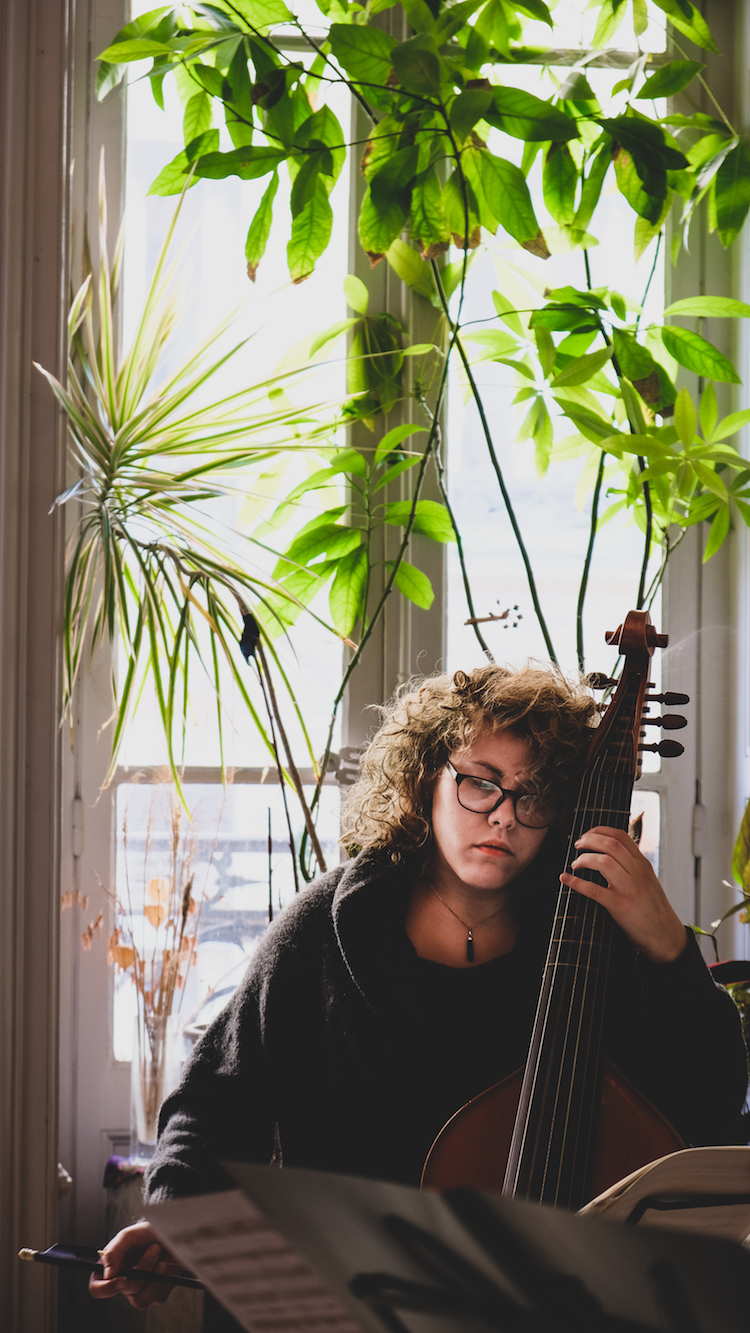
Leave a Reply